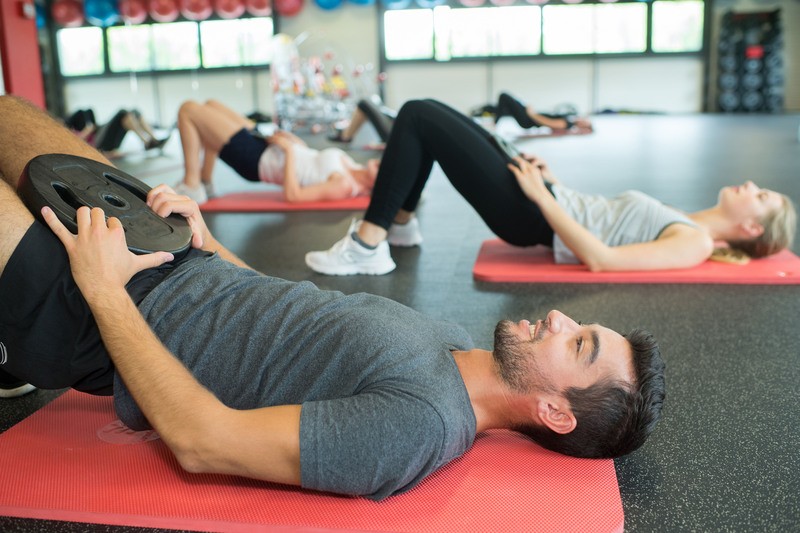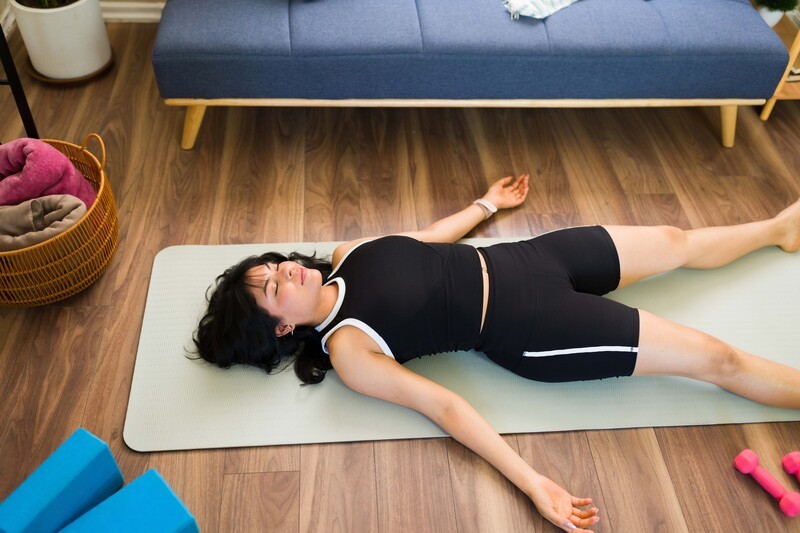blog
Pelvic Floor Training: The Core Muscle Group You Can’t See but Shouldn’t Ignore
October 01, 2025When people think of “core training,” they usually picture planks, crunches, or heavy ab work. But there’s a hidden muscle group that often gets overlooked: the pelvic floor. Located at the base of your pelvis, these muscles act like a supportive hammock for your organs, while also playing a big role in stability, breathing, and athletic performance.
Strengthening the pelvic floor isn’t just for postpartum recovery—it’s for anyone who wants a stronger, more resilient body.
Why the Pelvic Floor Matters in Fitness
-
Core Stability
The pelvic floor works together with the diaphragm, deep abdominals, and spinal stabilizers. If one link is weak, your “core cylinder” loses stability, which can lead to back pain or reduced lifting performance. -
Pressure Management
Heavy lifts and high-intensity training increase intra-abdominal pressure. A responsive pelvic floor helps manage this pressure, preventing leaks, strain, or prolapse. -
Injury Prevention
Weakness in the pelvic floor is linked to low back and hip pain. Training it improves alignment and protects the spine during demanding workouts. -
Everyday Confidence
Many active people—especially women—experience stress incontinence (leaking with running, jumping, or sneezing). Pelvic floor training reduces these symptoms and restores confidence.
Signs Your Pelvic Floor Needs Attention
-
Leaking during exercise, sneezing, or coughing
-
A heavy or dragging sensation in the pelvic area
-
Difficulty activating the core despite ab training
-
Unexplained low back or hip pain
-
Postpartum weakness or discomfort
If you check any of these boxes, pelvic floor training should become part of your routine.
How to Strengthen Your Pelvic Floor
1. Master Awareness (Kegels)
-
Imagine gently lifting your pelvic muscles upward and inward, as if stopping the flow of urine (do not practice while actually urinating).
-
Hold for 3–5 seconds, then relax fully.
-
Perform 8–12 reps, 2–3 times per day.
-
Add quick pulses for reflex training.
2. Pair with Breathing
-
Inhale: relax and expand the pelvic floor.
-
Exhale: gently lift and contract.
This trains coordination with the diaphragm and reduces pressure overload.
3. Integrate into Strength Training
-
During squats, lunges, or deadlifts, lightly engage the pelvic floor before exertion.
-
Glute bridges and bird-dogs are excellent low-impact options to practice control.
4. Progress Over Time
-
Start with simple holds.
-
Move on to combining contractions with loaded movements.
-
Eventually, your pelvic floor should activate naturally during workouts without overthinking.
Common Mistakes to Avoid
-
Over-squeezing: Too much tension without relaxation can lead to stiffness or pain.
-
Clenching other muscles: Don’t rely on glutes, thighs, or abs to “fake” the contraction.
-
Neglecting relaxation: A healthy pelvic floor is both strong and flexible.
-
Ignoring symptoms: Pain, heaviness, or persistent leakage means it’s time to see a pelvic health physiotherapist.
Key Takeaways
The pelvic floor might not be visible like your abs or biceps, but it’s a foundation of strength, stability, and performance. Training it can:
-
Prevent leaks and discomfort
-
Improve lifting power and endurance
-
Reduce back and hip pain
-
Support better posture and breathing
Think of it as the “hidden core muscle” that ties everything together. By adding just a few minutes of pelvic floor work to your weekly routine, you’ll build strength from the inside out and see the benefits across every workout.
👉 Next step: Add pelvic floor awareness drills into your warm-up, pair them with your breathing exercises, and gradually apply them to strength training. Over time, this small investment will pay off in performance, injury prevention, and confidence.





